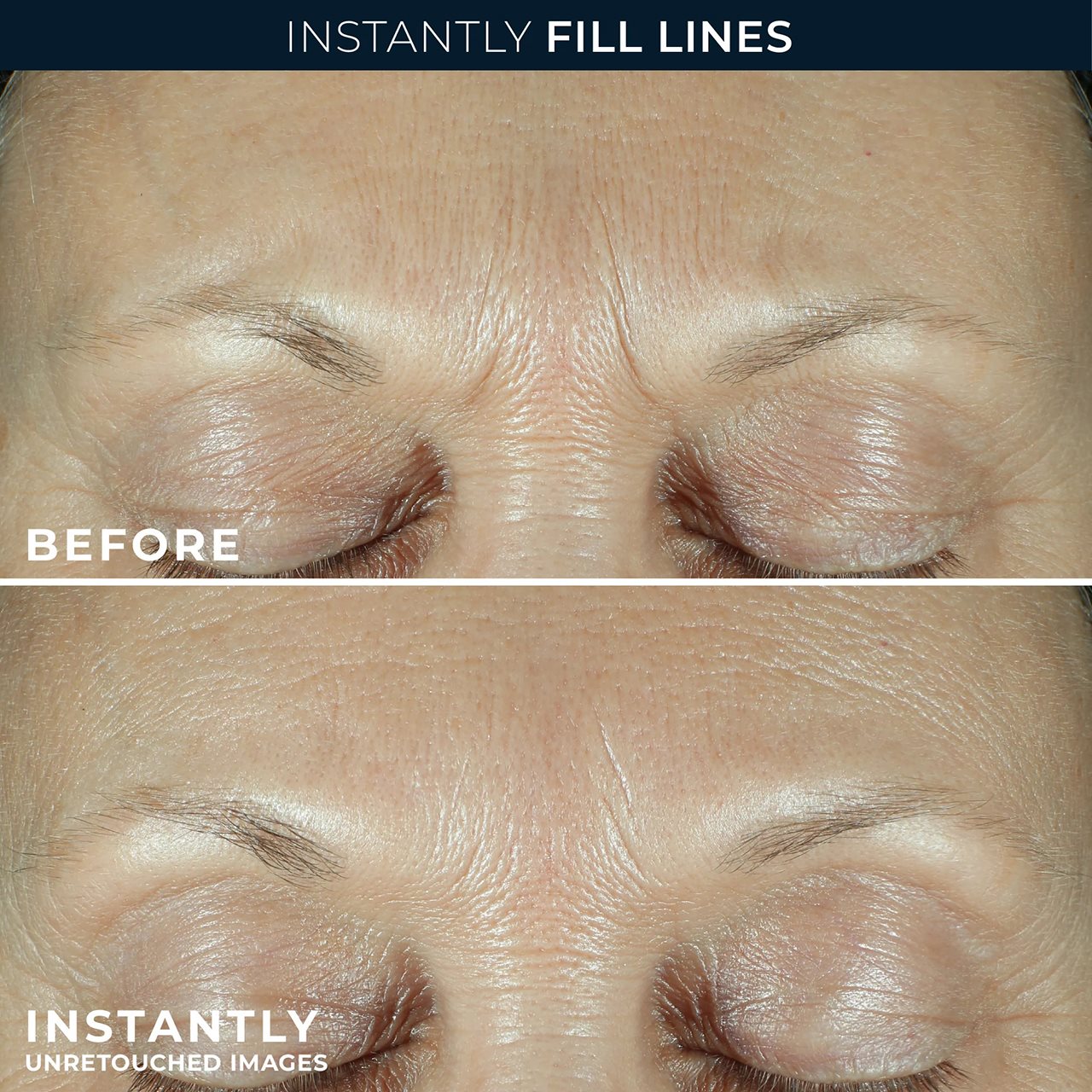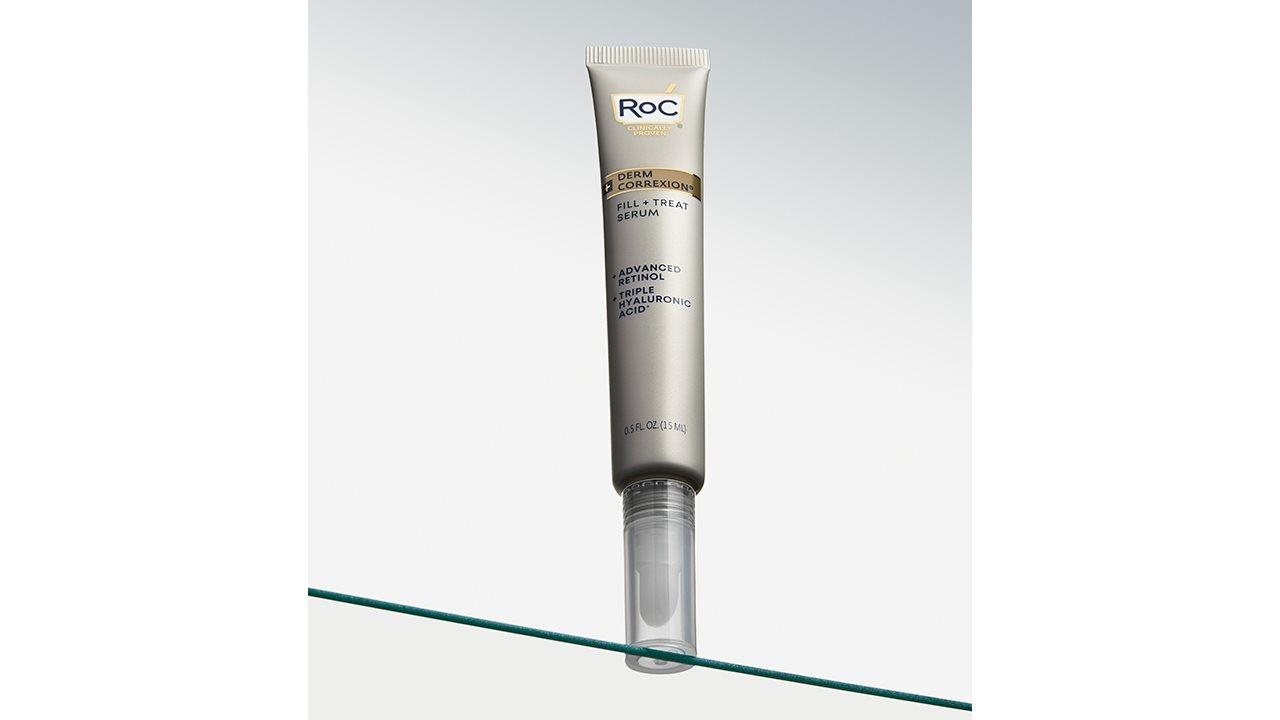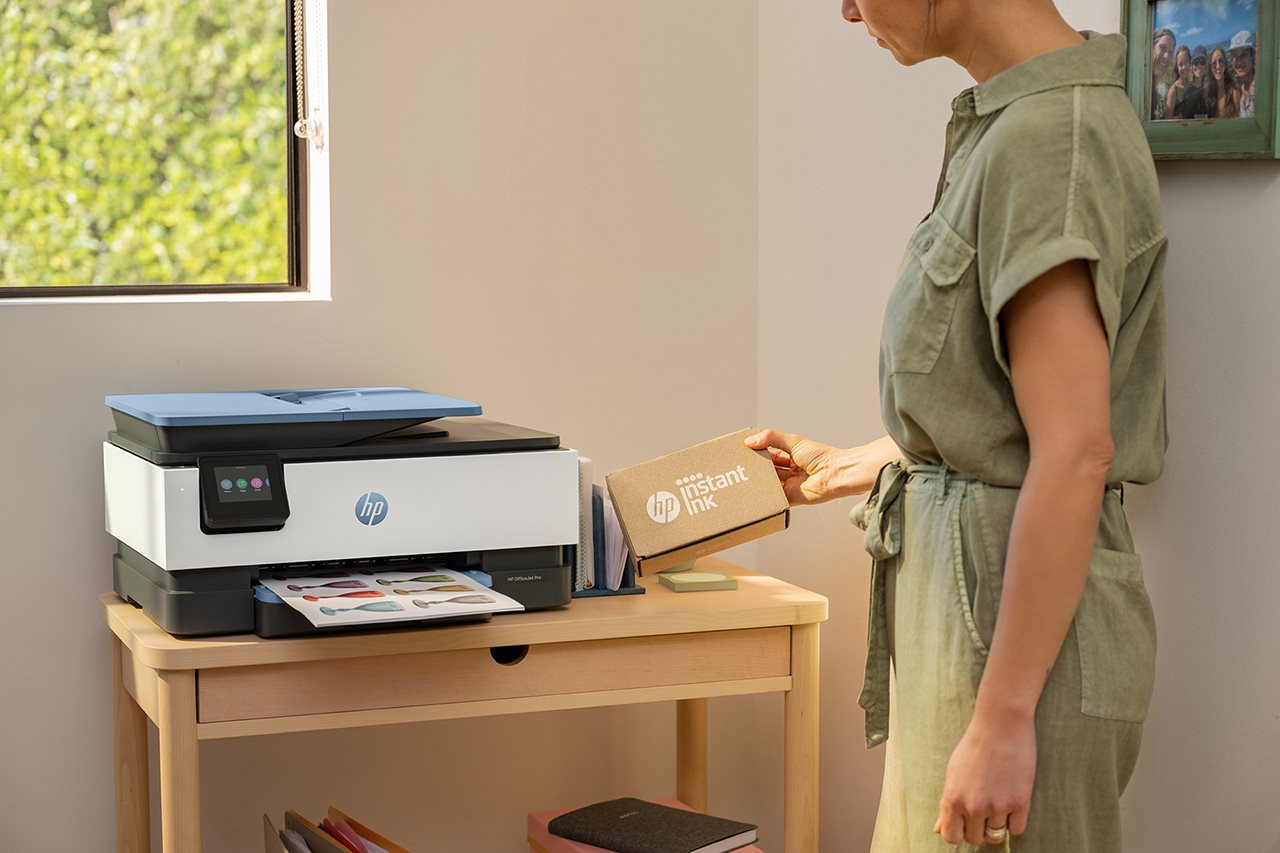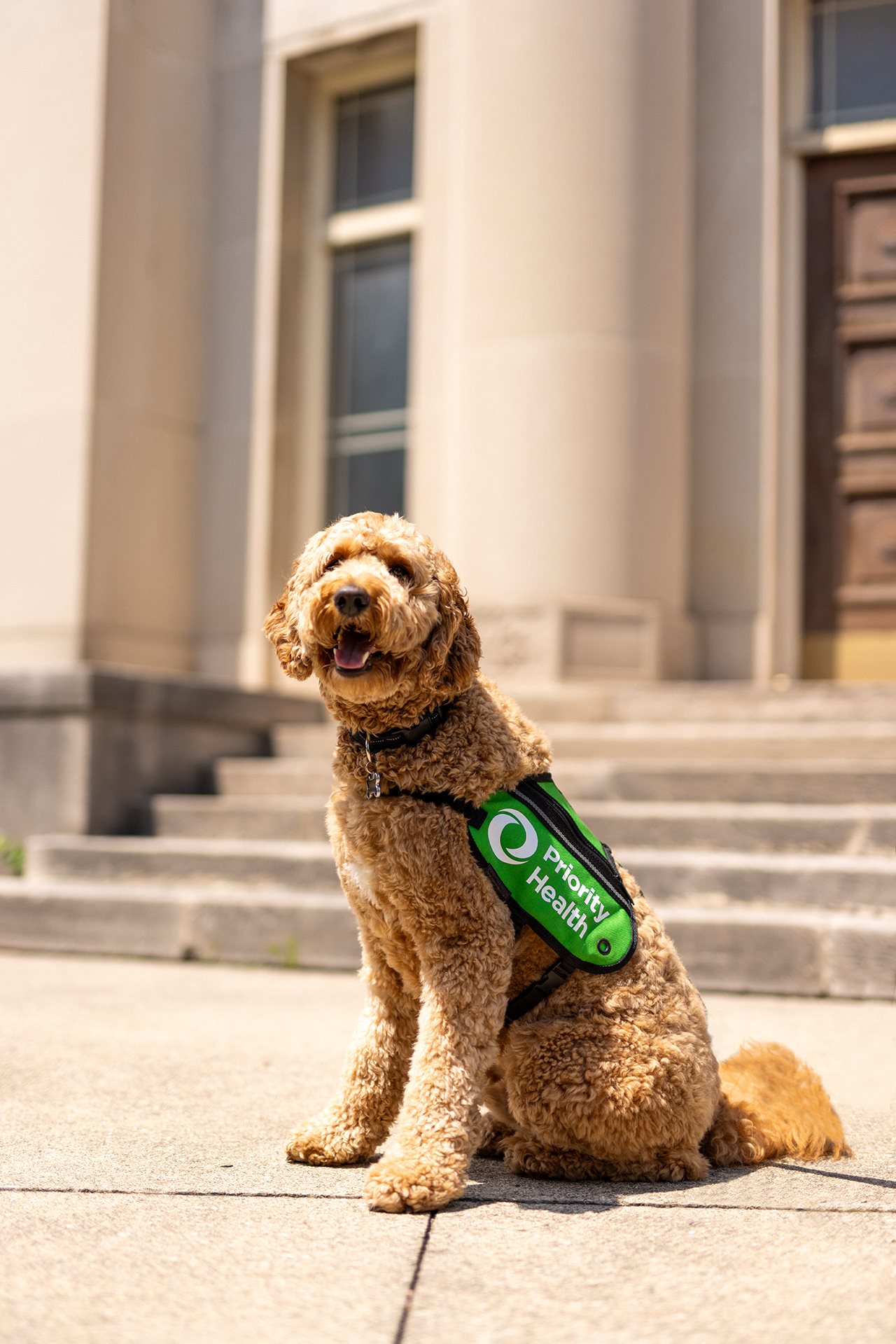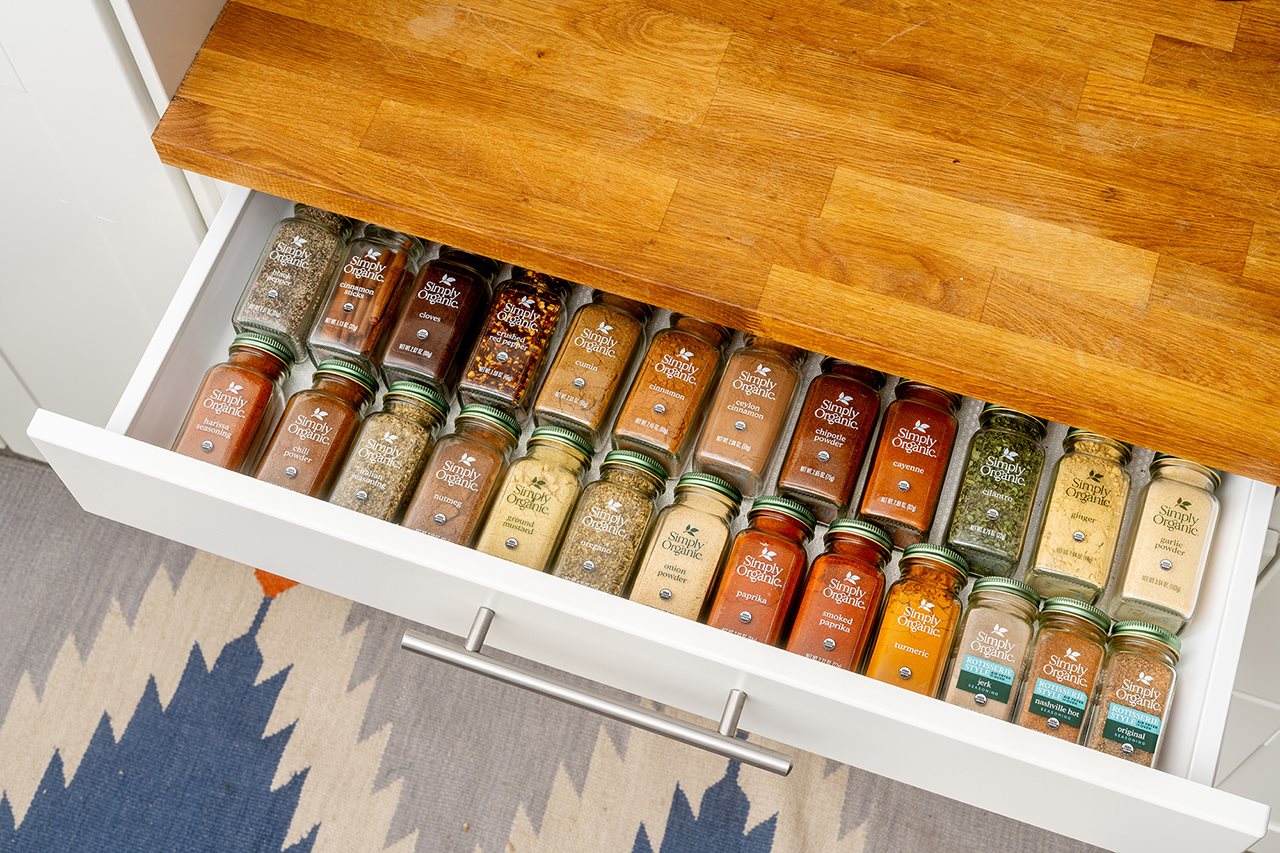2025-05-08T08:01:00
(BPT) – Now that winter has officially ended, it’s time to get started on spring yardwork! As you start your to-do list, take stock of your current lawn equipment. You may find that you have old, worn-out tools gathering dust that require replacement before you can take on your lawn tasks.
Check out these four reasons why spring is the perfect time to replace or upgrade your outdoor power equipment and tools.
1. Shop the latest and greatest equipment
Many brands drop their latest tools and equipment in the spring, just in time for yard work. Whether you’re looking to add a new tool to your collection or replace worn-out equipment, spring is the perfect time to grab the latest innovations. This spring, ECHO Incorporated, a trusted leader in professional-grade outdoor power equipment, launched a variety of new tools suited for homeowners and professionals, including leaf blowers, string trimmers, mowers and more!
You may think it’s unnecessary to grab the latest tools when older models will do. However, newly launched outdoor power equipment and tools offer cutting-edge power and safety features that make yard work easier and can last a long time when properly maintained.
2. Get ready for what spring brings
Spring brings warmer weather and budding flowers, but it’s also known as storm season in many parts of the U.S. Any debris and fallen or broken branches in your yard can pose a hazard to your property. That’s why it’s critical to get your lawn tidy to help prevent any accidents and damage to your home, cars and, of course, yourself.
Using your new tools, get started on spring tasks as soon as possible. It’s the best and simplest way to protect your house and reduce the risk of damage and injury.
3. Spring sales make equipment purchases more affordable
Quality outdoor equipment and tools are an investment, but they’re well worth the price. You don’t have to break the bank to get quality tools. Many hardware stores offer spring discounts to make outdoor power equipment purchases more affordable.
Check out your local Home Depot, which has ongoing deals on outdoor power equipment products, including many from ECHO. You can also search for one of over 6,000 dealers in the ECHO network near you that offer spring discounts on these and other power equipment tools you’ll need to prep your lawn.
Not sure which tools are right for you? ECHO offers handy buying and maintenance guides that can help you make wise purchases this spring.
4. Spring yardwork sets the pace
Performing yard tasks in the spring helps your lawn wake up after a cold winter and builds the ideal environment for your yard to thrive throughout the year. To do so, you’ll need the right tools. Consider these four tasks and the recommended equipment to get the job done.
Prune the trees: Make sure to prune damaged and overgrown branches, especially those hanging near your car windows or roof.
To safely reach and prune tall branches, you’ll need a fixed-shaft pole saw. ECHO’s battery-powered pruner provides gas-like performance for up to 100 cuts and a 12-foot reach, so you can safely prune tree branches with both feet firmly planted on the ground.
After pruning, use a chainsaw to cut branches and logs into manageable sizes for easy removal and disposal. It’s also a good idea to have a handheld pruning saw to trim smaller limbs and take care of more precise tree pruning within arm’s reach.
Trim the hedges: If you want fuller and healthier hedges, trimming in spring is a must. Use a lightweight, powerful hedge trimmer to remove dead or overgrown branches and make room for new growth to flourish. ECHO’s version provides up to 88 minutes of run time, so you don’t have to worry about recharging as you shape the bushes.
Mow the grass: The first mow of the year is incredibly important to the long-term health of your lawn. A self-propelled lawn mower can quickly remove dead leaves and debris. The model from ECHO comes with an auto-switch dual-battery dock, so you’ll have plenty of juice to finish your weekly mow.
Edge the lawn: Keep your lawn tidy and boost your home’s curb appeal by edging the grass. After mowing, use a string trimmer to whack weeds and grass your mower can’t reach. Next, use an edger for professional-looking crisp lines.
Don’t wait
It’s go-time! Keep these tasks and recommendations in mind as you prepare your yard this spring. By getting the right equipment and taking care of these suggested spring tasks, you’ll be well on your way to a yard that will be the envy of the neighborhood.



